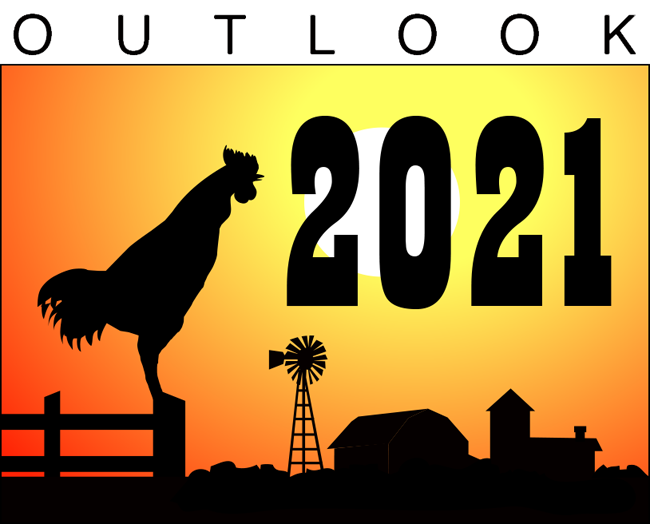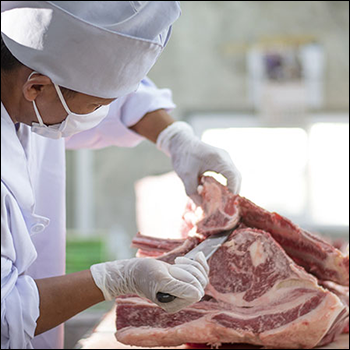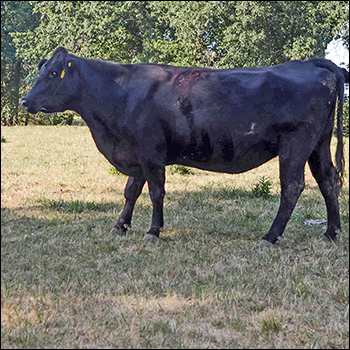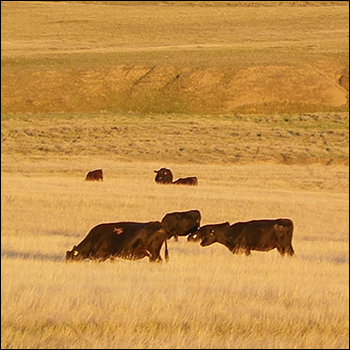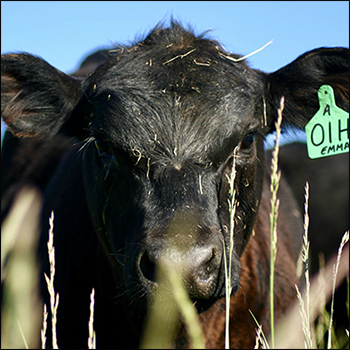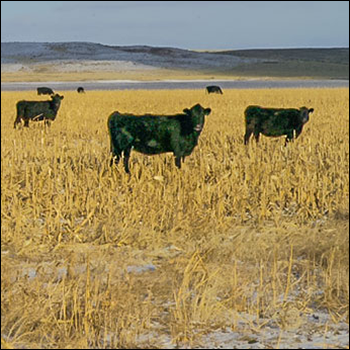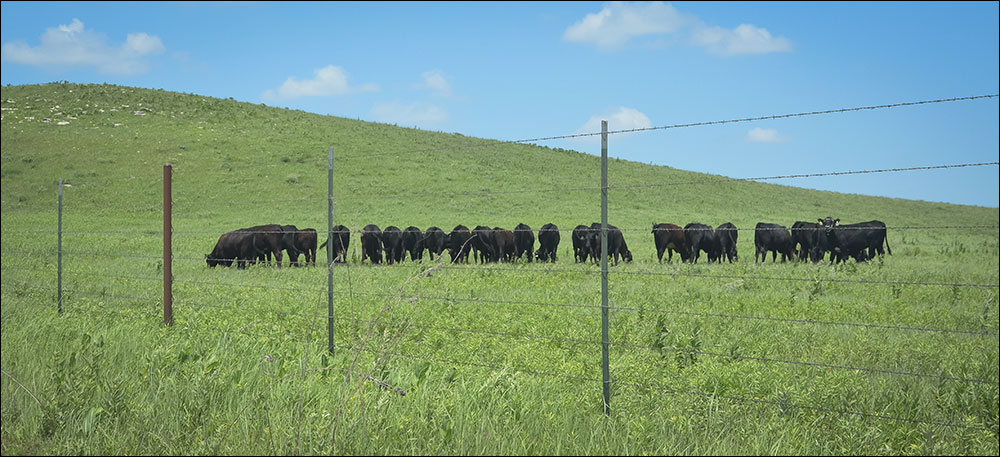
Embrace Pivots in Your BRD Management Program
Focus on finding the right BRD solution for your operation.
Bovine respiratory disease (BRD) can be a challenge for all stocker operations as they try to raise healthy, productive calves. However, there is no one magic solution for minimizing BRD that works across all herds. Jerry Armstrong, a stocker producer near Dime Box, Texas, recently saw that idea in action.
A tale of two BRD programs
Armstrong has two stocker operations: one in Texas and one in Missouri. For years, his BRD management strategy has involved vaccinating calves with Bovi-Shield Gold One Shot® upon arrival and under the supervision of his veterinary consultant, treating calves by pulse-dosing the in-feed chlortetracycline product, Aureomycin®. While that management program has been successful on his Texas operation, it was not quite as effective in the Missouri operation.
Instead, he discovered that vaccinating calves on arrival with a combination of Inforce 3® respiratory vaccine and One Shot® BVD, along with Draxxin® (tulathromycin injection) Injectable Solution, with the option of a pulse dose of Aureomycin if needed, produced better results for that operation.
Looking at every angle
If Armstrong was trying to reduce the incidence of BRD on both operations, why did each one require a different set of solutions? On-arrival management involves more than just targeting a single type of disease. Environmental and management factors play a key role in developing a BRD management plan.
There are many dynamics that can influence the incidence and outcome of BRD, but Armstrong believes that Missouri’s wetter climate may have influenced the type and severity of disease that his calves developed. Also, his Missouri operation frequently purchases large groups of higher-risk, commingled calves from sale barns, while his Texas operation tends to buy groups of moderate- to low-risk cattle from local ranches.
New calves could have respiratory disease prior to purchase, as well as more stress, which negatively affects immune function. Since sale-barn cattle have greater risk of BRD due to increased disease exposure and greater stress, the combination of the tulathromycin injection and two respiratory vaccines has proven to be an effective BRD management solution for Armstrong’s Missouri operation.
Finding the right solution
While there is no one product that will control BRD on every operation, here are three steps you can take to help maximize the effectiveness of your on-arrival treatment program:
- Set goals for BRD management. Use veterinarian recommendations, as well as your operation’s size and location, to set realistic benchmarks for your operation’s on-arrival BRD management program.
- Regularly assess your progress. If you’re consistently struggling to meet realistic expectations for BRD morbidity and mortality on your operation, consult your herd veterinarian to see if a different strategy might be better suited for your herd.
- Don’t be afraid to pivot. Armstrong’s operations are a perfect example of how the tried-and-true method may not work best for every situation. Keep an open mind when it comes to ways of reducing the incidence of BRD, because what has worked in the past may not be the most appropriate choice for your current situation.
To ensure you’re employing the right strategy for BRD management on your operation, work with your herd veterinarian to establish an effective on-arrival program.
Editor’s note. This article is from Zoetis. Visit BRD-Solutions.com or CattleFeedAdditives.com for animal health solutions offered by Zoetis. Using a medicated feed as noted in the article requires a veterinary feed directive. Photo by Kasey Brown.
